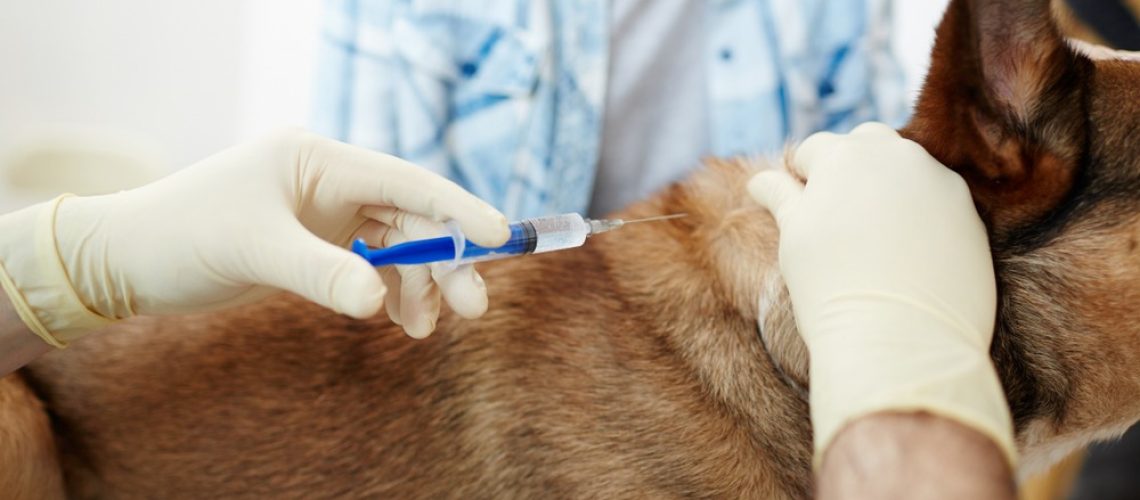When thinking about pets we get a smile on our face, the majority of people love to play with pets, either of their own or of their neighbors. They are the biggest stress busters because of their infectious and continual energy. Since, the pets are roaming around freely in the house; they often step on to wet, scattered and unclean floor or surroundings where they can approach. Various times, there are injuries which are difficult to comprehend and impossible to heal at the same time. This particular habit and easy-going nature makes them more vulnerable to infections, diseases, bacteria’s and viruses not known to man. In such cases, it becomes the owner’s duty to protect and secure them. Sometimes, the infection is very severe, and at same time becomes impossible to treat or cure. Consequently, God leaves us with no choice except to practice the painful, inconsolable and devastating choice of veterinary euthanasia at home.
This is the price we pay for loving animals, and for living with animals: being irresponsible regarding their welfare and then deciding when and how to end their lives. Obviously the choice is painful, but greater good lies in relieving them of the pain of which they cannot articulate about. During this the owner becomes emotional because of their attachment, but they must realize it is the best choice for their own safety and that of the pet. The infection makes the pet infuriated and dangerous for everyone and sometimes for himself/herself as well.

Euthanasia is painless and mercy killing of living beings suffering from incurable and progressive disease or illness. It is decision of the owner, and the vet (after studying the disease and it consequences on the pet and the people around them.) to decide when is the right time to go for euthanasia. Once the decision has been made to do it, comes the most difficult time, which involves mental preparation and segregation of feelings.
It is Really the Time?
How do you know when is the time? Being very close and near to your pet, you start realizing the time has come. You notice the change in their behavior, becoming intolerable and highly dangerous. Deciding when to end the pet’s life, which involves the owner and the veterinarian weighing a number of factors: the animal’s current quality of life, what type of disease or injury he or she may be suffering from? It’s important that the owner and the vet can have open, honest conversations about euthanasia, to help guide this hard part of the process.
The Process

Generally, the veterinarian gives the pet two shots. The first one is a sedative; tranquilizing the pet. The same provides gentle transition making him placid, and slowly from consciousness to unconsciousness, and the only sensation they will experience following this injection is falling into deep sleep, as explained by experienced veterinarians, a holistic and palliative care specialist with professional veterinary services.
This period will likely last between five and 8-15 minutes, with the pet falling into deep and deeper slumber, “to the time which time they are no longer aware. When the family is prepared, the veterinarian will then administer the second injection. The most common drug used during that stage is pentobarbital (a seizure medication), another anesthesia dosage that will cause the pet’s heart rate deteriorates and then eventually stopping. The injection is given either intravenously (straight into the vein), which will bring on death in seconds, or directly into the abdomen, which may take up to 20 minutes and is more gentle and slow process, says the veterinarian community. In both cases, the pet, having been sedated, will not be aware of this of the process.
The only discomfort the pet should experience throughout is a possible pinch of the injection when it is given. This is the true meaning of the word “euthanasia,” coming “from The word “euthanasia” comeing from the Greek word “eu” meaning “goodly or well” + “thanatos” meaning “death.” Therefore, euthanasia is originally the “good death.” In 18th century central England, that was what euthanasia meant, a “good-silent” death, a welcome way to depart quietly and well from the troublesome life.
Conclusion
This practice of veterinarian euthanasia is a good practice because it aims putting an end or ceasing the pet’s problems. Pets are lovable animals, they love is pure and unbiased and is not restricted to any demand. It becomes the owner and veterinary doctor’s honest duty to go for euthanasia when the right time arrives. If you are willing to provide more comfort to your pet during its final stage, it is a better option to call the vet home.

